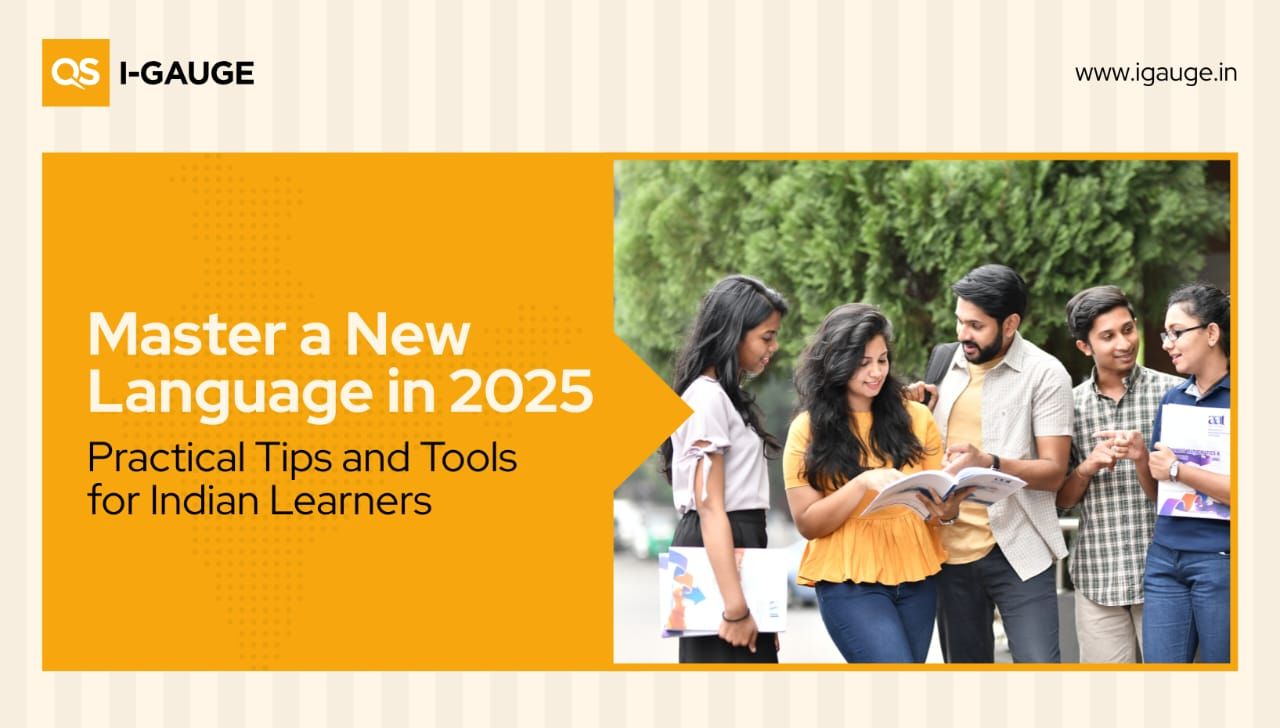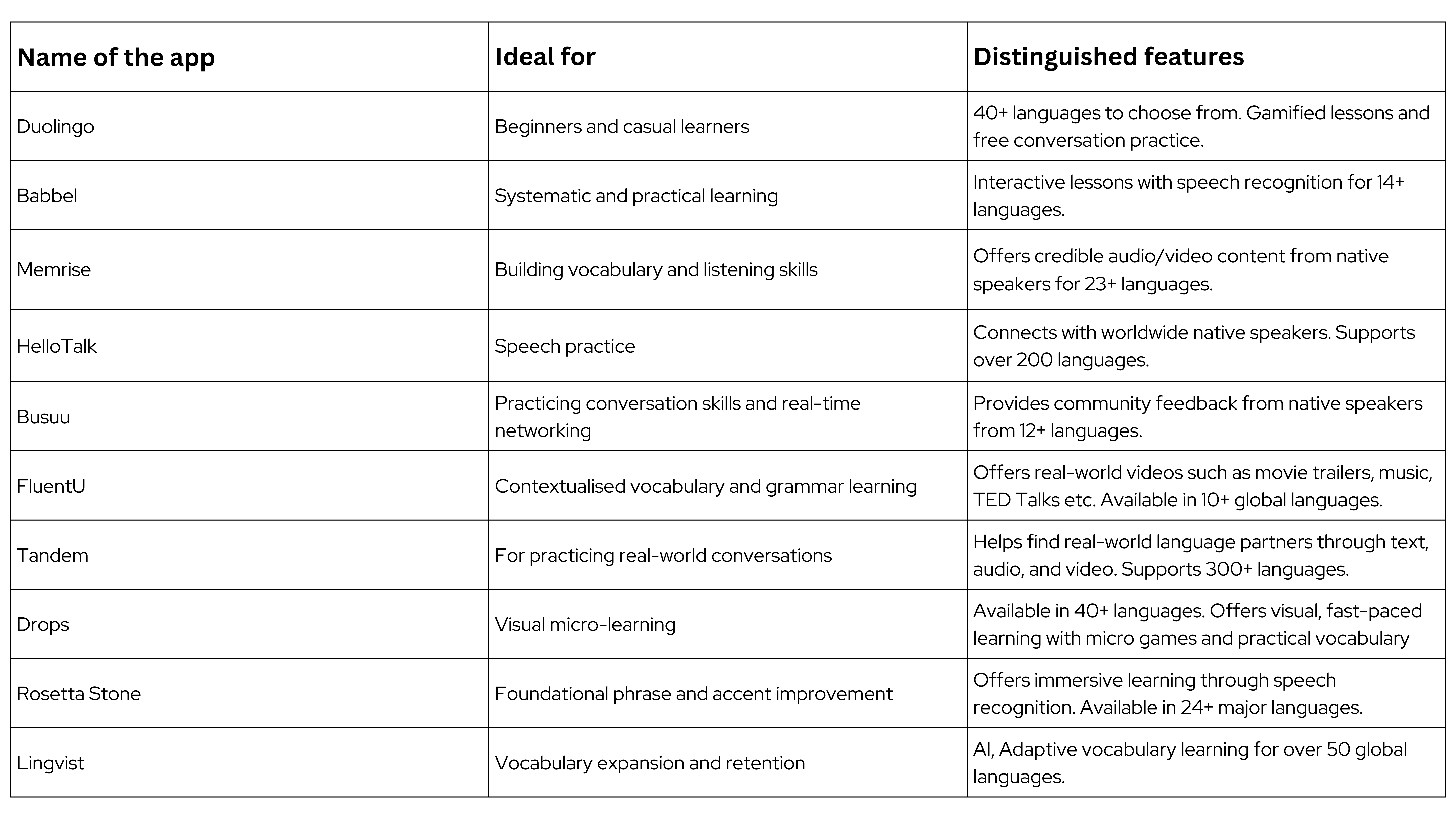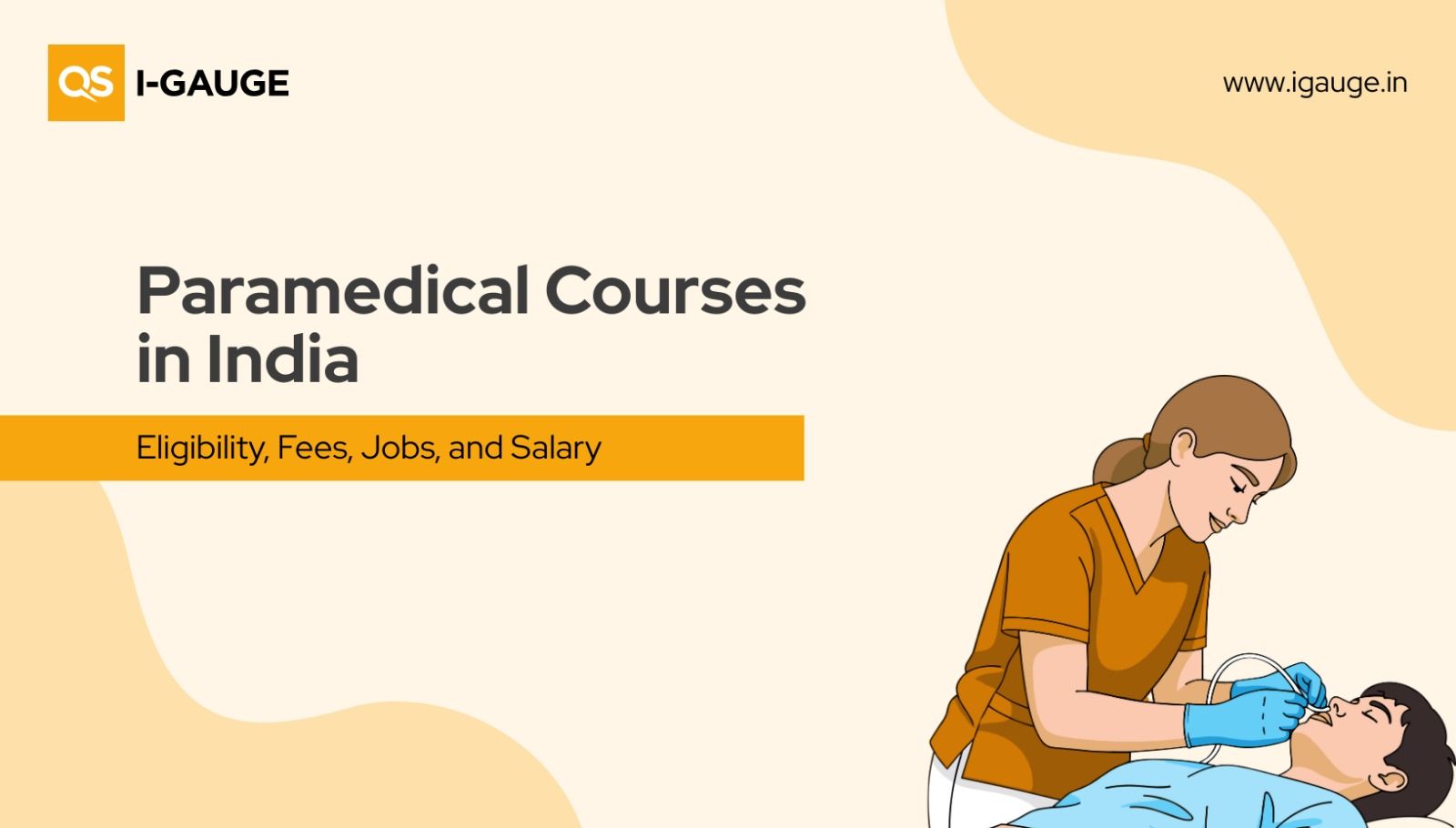
The combination of AI-powered language learning applications, interactive technology, and student-focused education systems makes it easier than ever to learn new languages in 2025. The following guide provides essential information about new language learning methods and tools that work best for Indian students and professionals.
Why learn a new language?
Learning a foreign language enables Indians to access better career prospects while deepening their cultural knowledge and creating more rewarding travel experiences. The demand for foreign language skills is highest for French, German, Spanish, Japanese, and Mandarin because they support academic and professional advancement, yet English proficiency remains essential for worldwide career success and examination performance.
Top strategies on how and where to start
- The first step requires learners to establish specific goals about why learning the language is important for their career, or education, or travel needs. The power of motivation enables you to stay dedicated and overcome obstacles in your learning journey.
- Devote your daily time to language exposure by modifying your device settings and watching foreign movies, following podcasts, and joining groups on social media platforms that match your interests.
- Learn specific vocabulary related to everyday situations instead of memorising random words from textbooks. The process involves translation, followed by speaking out loud and practical application of these words in your everyday dialogues.
- Start speaking your target language immediately since perfection is not required for progress. Students should begin speaking their target language through online tutoring services or mobile applications starting from their first day of learning. Indians who need to practice speaking can start with self-talk, mirror practice, and mock conversations because of the inaccessibility to in-person language exchange partners.
- The most effective learning method involves using multiple senses to learn by writing, speaking, listening, and watching content in the target language. Students should maintain a word journal while practicing basic sentence writing.
New trends & technologies in language learning (2025)
- AI-Powered Personalised Learning - The assessment of individual strengths, weaknesses, and learning speed through AI technology enables apps to provide customised educational content and personalised feedback for Indian students.
- Micro-learning & Gamification - The modern application uses short learning sessions between 5 to 10 minutes, which unite interactive games with streaks to teach language skills during brief time periods. The competitive nature of Indian learners benefits from leaderboards and badges, which serve as motivators to maintain their drive.
- Immersive AR/VR Experiences - Mobile applications enable users to experience simulated real-world environments through virtual reality and augmented reality technology, which lets them discover Spanish markets and experience Parisian coffee culture. Students can attempt new activities in the environment to gain practical knowledge from their mistakes.
- Community and Social Interaction - Language exchange via apps connects Indian users directly with global native speakers for free conversations and cultural exchange. Through this method, students learn by doing.
Top Language Learning Apps for Indian Learners in 2025

Quick Success Tips
- Consistency matters - Practice every day.
- Try to use all forms of communication skills together, including writing, reading, listening, and speaking.
- Take up challenges and join online communities to stay motivated.
- Don’t be afraid to go wrong; mistakes are an important part of learning.
Conclusion
In 2025, Indian learners have such powerful resources at their fingertips. The combination of goal-oriented habits with interactive technology and suitable applications results in fast and certain progress. Daily practice with these new methods will lead to enjoyable language fluency.
Disclaimer
The blog is curated by referring to various credible sources and does not necessarily reflect the opinions or positions of QS I-GAUGE. The information provided is for general informational purposes only, readers are advised to conduct their own research and seek professional advice before making any decisions.




